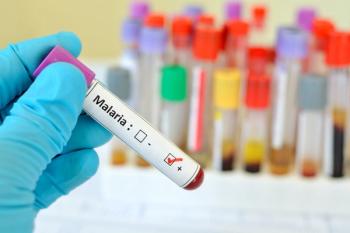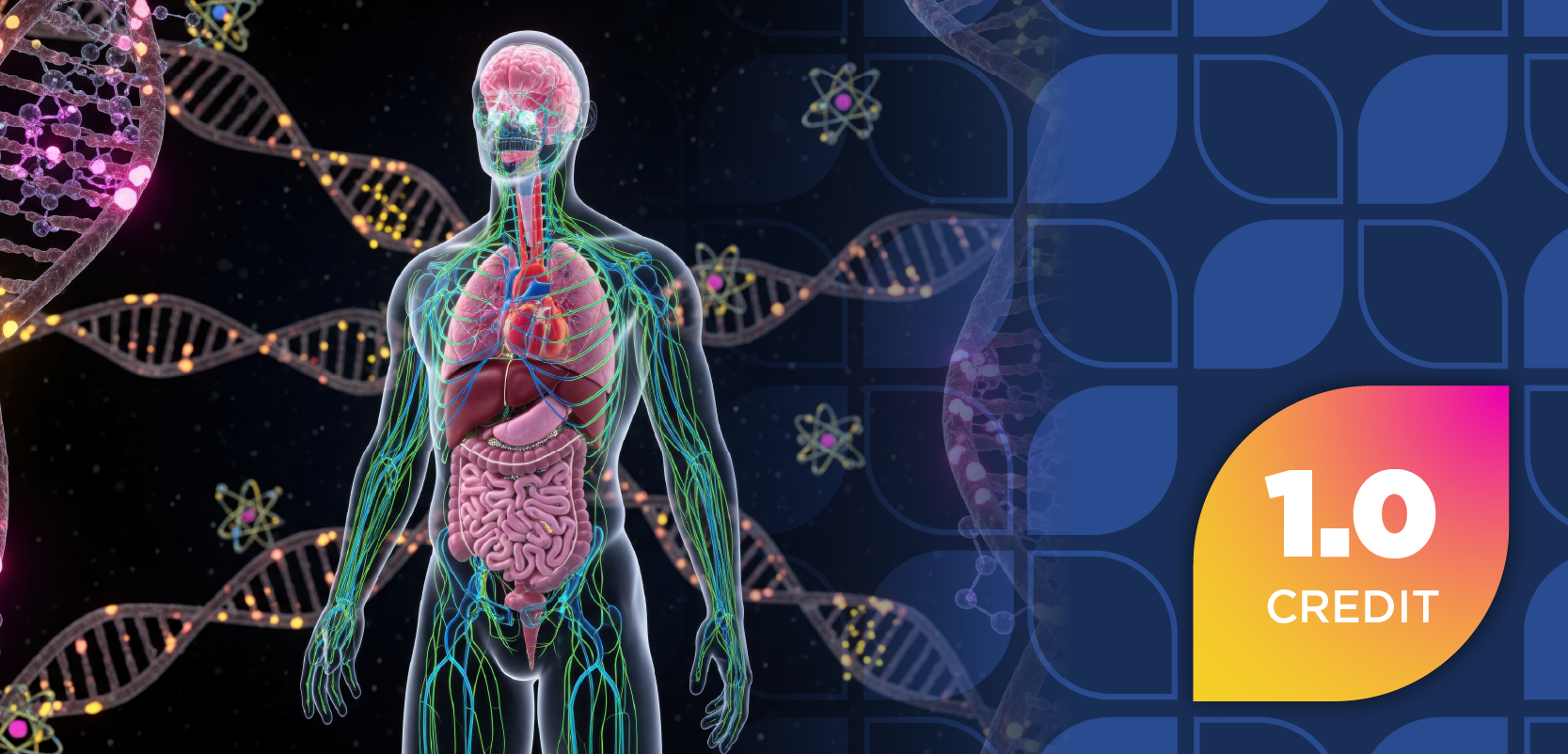
4 Women's Health Trends Pharmacists Should Watch
The term women's health" shouldn't be limited to reproductive matters.
The term “women’s health” shouldn’t be limited to reproductive matters.
Health care professionals often associate the term “women’s health” with pregnancy and gynecology, but in reality, health issues and care strategies for women are much broader.
Source: Advisory Board Company
According to research findings from the Advisory Board Company, 62% of women attribute their lack of health care knowledge to a lack of time, while 77% report not knowing what to do in order to stay healthy.
Pharmacists are well placed to shift the women’s
Here are a few key trends pharmacists should keep in mind regarding this patient population:
1. The aging population is shifting care demand.
The number of women aged 65 and older is projected to increase by 35% over the next decade, so pharmacists should be prepared to work with and counsel elderly female patients.
Certain conditions may affect elderly women in particular. For example, acute coronary syndrome is a problem in the elderly population because survival rates decline with increasing age.
Men experience their first myocardial infarction (MI) around age 65, but that initial event is more likely to occur about 7 years later for women, at around age 72. Those who experience a first MI after age 75 have life expectancies of just 3.2 years.
Meanwhile, one
2. Suicide rates are increasing for women.
Although suicide rates in the United States declined prior to 1999, it’s been up 63% for women aged 45 to 65 years and up 200% for girls aged 10 to 14 years since then. The rising suicide rates for these age groups substantiate the idea that women are most vulnerable during periods of hormonal transition, namely menopause and puberty.
While it’s difficult to definitively determine the cause behind the increases, the CDC speculates that shifting gender dynamics in both the workplace and home may be leaving women feeling strained as they try to balance their roles.
Understanding these factors may help pharmacists prevent
Pharmacists Preventing Suicide founder and president C. Patrick Tharp, PhD,
Certain
3. Symptoms and treatments for different diseases may vary greatly between men and women.
Disease states can affect the bodies of women and men very differently, and so treatment plans may not be interchangeable between sexes.
The table below provides some examples of diseases and disorders that affect men and women in notably different ways.
Source: Advisory Board Company
Although cardiovascular disease (CVD) is the No. 1 killer among women, just 13% of women
“Cardiovascular disease among younger women has only recently received research attention, and it is possible that the perception of risk for adverse outcomes…is still skewed for younger women, who are seen as healthy and low risk,” CVD researcher Kate Smolina, PhD,
In addition, some studies
Pharmacists should also familiarize themselves with the differences in pharmacokinetics and/or pharmacodynamics of drugs in men and women. Adults are often given the same dose of drug regardless of body weight, so women tend to have higher serum concentrations of drugs than men.
Other gender differences, such as differences in bioavailability, metabolism, and renal elimination, may also be involved.
4. Less than half of American women exercise regularly.
Just 48.2% of US women report getting at least 150 minutes of exercise per week, according to a report from the Institute for Women’s Policy Research.
Low rates of exercise contribute to the staggering obesity problem among women. In 1996, only 16.7% of women were obese, but
Pharmacists can let obese women know that the estimated annual health care-related
Meanwhile,
For women who do exercise, however, pharmacists should know that women are
Newsletter
Stay informed on drug updates, treatment guidelines, and pharmacy practice trends—subscribe to Pharmacy Times for weekly clinical insights.













































































































































































































